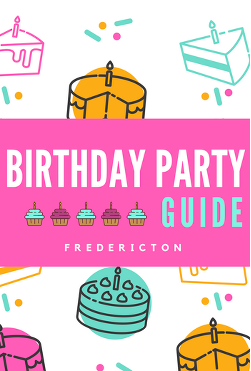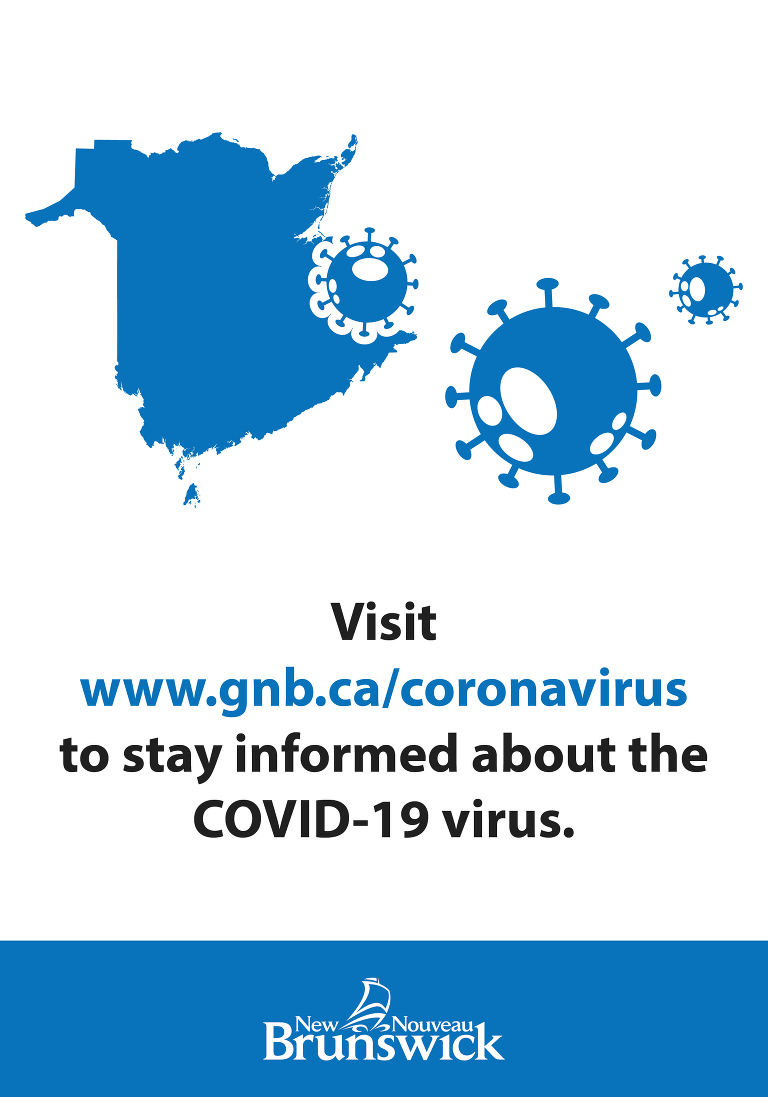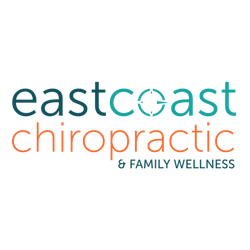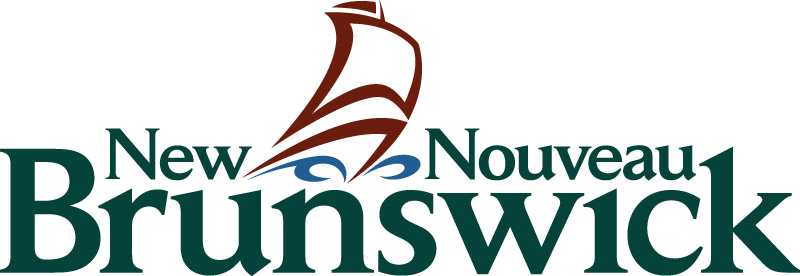.png) This post is presented by the Government of New Brunswick
This post is presented by the Government of New Brunswick
Have you ever spent hours trying to get your baby to sleep and finally, quietly and peacefully tiptoed out of the room only to hear a wake-up cry the moment you walk out the door? If you are like most parents, this happens a lot.
There is nothing more peaceful than a sleeping baby and we spend a lot of time, especially in the first few months, trying to adjust to our babies sleep patterns (and our own).
We pay a lot of attention to how and when our babies sleep. We also need to consider where our babies sleep. Not every place is a safe place, and injuries can happen. Babies up to six months of age are especially vulnerable because they can’t turn their heads or shift positions as older babies can. That is why we need to make sure we do not let them sleep where they could slip down into cushions, get caught in blankets or straps, or worse. Suffocation can happen in dangerous places like couches, car seats, and chairs or in beds that babies share with adults, children or pets. Accidents like this can happen to anyone, and they can be prevented!
Sleep Safe but check the Place!
It is good to practice safe skin-to-skin care with your newborn, to breastfeed your baby in bed, and have your baby sleep in a crib or bassinette in your room for the first six months. However, there are some other things that parents and caregivers need to ensure to protect their baby.
How to make every sleep a safe sleep
1. For the first 6 months, the safest place for your baby to sleep is on their back, in a crib in your room (Room Sharing). Having your baby close to you will make nighttime breastfeeding easier and may help protect against Sudden Infant Death Syndrome, or SIDS.
2. Always lay your baby on their back in an infant bed or crib in the same room where you sleep. This is recommended for the baby’s first six months.
3. Make sure the infant bed or crib meets Canadian safety regulations. Use a crib, cradle or infant bassinet that has a firm mattress, a tight-fitting bottom sheet, and no bumper pads, heavy blankets or stuffed toys.
4. When feeding your baby, practice safe skin-to-skin contact and then place your baby on their own sleep surface next to your bed when feeding is completed.
5. Keep your baby’s environment smoke and vape free during pregnancy and after birth.
6. Prevent your baby from over heating. Room temperature should feel comfortable to an adult. Dress your baby in a sleeper or sleep sack that is appropriate for your baby’s size. If using a light blanket, tuck it firmly under the bottom and sides of the mattress with baby’s arms free. Do not swaddle your baby.
7. It is best not to share a bed with your baby. Never put your baby to sleep on a couch, sofa, armchair, sheepskin, swings, strollers, car seats or baby carriers. If baby falls asleep on these surfaces, place them in their own bed as soon as possible.
This Safe Sleep for Your Baby video by the Public Health Agency of Canada provides steps to create a safe sleep environment for your baby and lower the risk of Sudden Infant Death Syndrome, or SIDS.
You might also like…



















